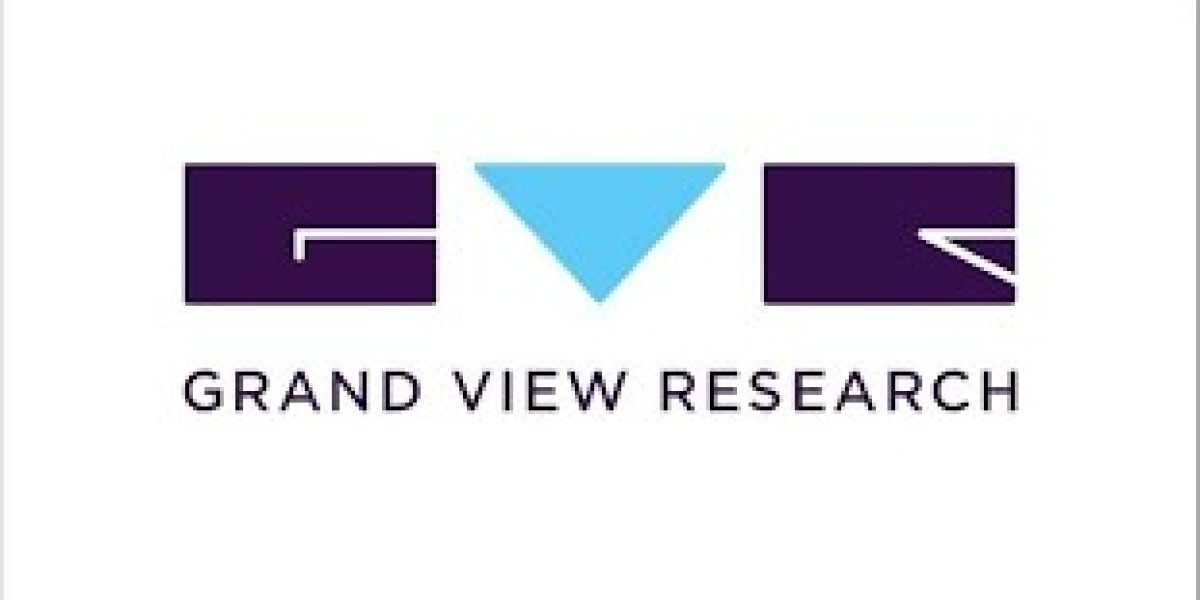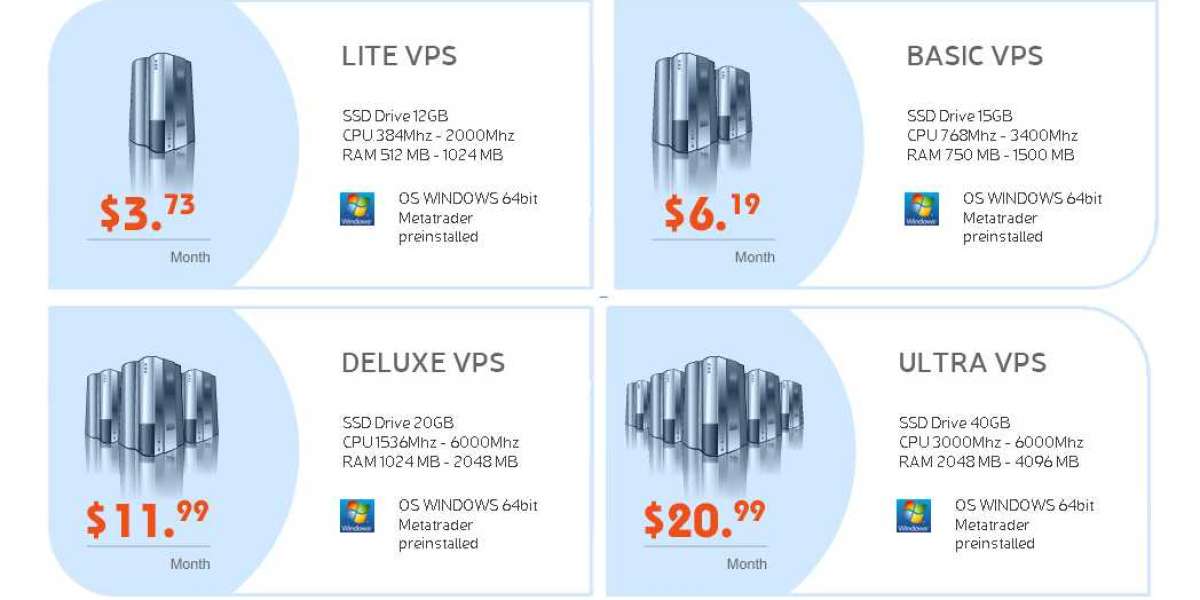The global high-performance liquid chromatography (HPLC) market was valued at USD 4.96 billion in 2024 and is projected to expand at a compound annual growth rate (CAGR) of 6.0% from 2025 to 2030. This growth trajectory is primarily driven by continuous technological advancements in HPLC systems, which have significantly improved the accuracy, efficiency, and versatility of liquid chromatography processes. Notable innovations include the incorporation of dual-injection mechanisms, multidimensional analytical capabilities, and intermediate pressure options, all of which contribute to broadening the technique’s applicability across a wide spectrum of research and industrial domains.
The COVID-19 pandemic served as a catalyst for the accelerated integration of HPLC technologies in critical healthcare efforts, particularly in the development of new therapeutic drugs, vaccines, and precise diagnostic tools. For instance, a study published in the Microchemical Journal in October 2021 introduced a novel HPLC-based method for accurately quantifying favipiravir, a key antiviral agent in the fight against COVID-19. Additionally, with increasing global concern over mutations in the SARS-CoV-2 virus, HPLC is anticipated to play an even more vital role in epidemiological and virological studies, particularly in the characterization of viral proteins associated with emerging serotypes. These scientific advancements underscore the growing relevance and impact of HPLC systems in virology and infectious disease research, thereby supporting sustained market growth.
Furthermore, market expansion is being supported by major HPLC manufacturers who are diversifying their product portfolios to cater to specialized applications, including preparative purification, amino acid analysis, two-dimensional liquid chromatography (2D-LC), method development, and clinical diagnostics. A prime example is Novasep’s launch of the Hipersep Process M HPLC system in October 2021, engineered specifically for commercial-scale purification of biopharmaceutical compounds such as oligonucleotides, peptides, and insulin. The increasing demand for protein-based therapeutics, including bispecific antibodies and antibody-drug conjugates (ADCs), further emphasizes the importance of HPLC in the biopharmaceutical manufacturing landscape.
In addition to hardware innovations, the development and integration of advanced method development systems and analytical software are playing a pivotal role in enhancing the usability and productivity of HPLC platforms. For instance, in August 2021, Thermo Fisher Scientific, Inc. collaborated with ChromSword to introduce the Thermo Fisher Vanquish HPLC and UHPLC method development system, aimed at streamlining method optimization. Similarly, in April 2022, Shimadzu Corporation unveiled its LabSolutions MD software, specifically tailored for method development on HPLC platforms. These software innovations are expected to simplify the analytical process, reduce development time, and ultimately boost the market penetration of HPLC systems across research, quality control, and manufacturing environments.
Collectively, these technological advancements, application expansions, and supportive software tools are expected to significantly drive the adoption of HPLC systems globally, reinforcing their critical role in scientific research, clinical diagnostics, and pharmaceutical development over the forecast period.
Get a preview of the latest developments in the High-performance Liquid Chromatography Market? Download your FREE sample PDF copy today and explore key data and trends
Detailed Segmentation:
Product Insights
In 2024, the instruments segment emerged as the dominant category within the high-performance liquid chromatography (HPLC) market, accounting for the largest revenue share of 48.2%. This prominence is primarily attributed to the increasing adoption of integrated HPLC systems that combine multiple functionalities into compact, user-friendly units. These systems are particularly valued for their ability to deliver high precision, reliable throughput, and greater operational efficiency across varied applications. Additionally, the market is witnessing robust innovation in advanced detectors, such as diode array detectors (DAD), fluorescence detectors (FLD), and mass spectrometry interfaces, all of which contribute to expanding the analytical capabilities of HPLC platforms. Manufacturers are consistently focusing on enhancing system performance through improved automation, data handling, and application-specific configurations, making HPLC instruments indispensable across pharmaceutical, clinical, and research settings.
Application Insights
Clinical research applications held the largest market share by application in 2024, contributing to 40.7% of the total revenue, and are expected to register the fastest compound annual growth rate (CAGR) throughout the forecast period. This significant share and projected growth are driven by the expanding scope of clinical trials, particularly in oncology, infectious diseases, and precision medicine. As biopharmaceutical R&D efforts intensify, there is a growing demand for high-throughput analytical techniques like HPLC, which offer high accuracy and reproducibility in analyzing complex biological samples. The increasing emphasis on biomarker discovery, drug metabolism studies, and therapeutic monitoring further enhances the adoption of HPLC in clinical settings, especially as personalized medicine continues to evolve.
End-use Insights
In terms of end-use, pharmaceutical and biotechnology companies led the HPLC market in 2024, accounting for a 41.9% revenue share. These organizations rely heavily on HPLC methodologies for a wide range of critical processes, including quality control, purity assessment of drug substances, structural characterization of new drug candidates, and stability testing of active pharmaceutical ingredients (APIs). With the rise in biosimilars, novel drug delivery systems, and complex biologics, the need for reliable analytical platforms like HPLC is growing exponentially. Additionally, regulatory compliance with agencies such as the FDA, EMA, and ICH mandates the use of validated analytical techniques, further driving HPLC’s adoption in pharmaceutical manufacturing and R&D workflows.
Regional Insights
Geographically, North America dominated the global high-performance liquid chromatography market in 2024, accounting for a revenue share of 31.68%. This regional leadership is supported by several key factors, including the rapid expansion of the pharmaceutical and biotechnological sectors, substantial and sustained investments in R&D, and an increasing focus on clinical diagnostics. The presence of well-established healthcare infrastructure, along with a strong network of academic and research institutions, provides fertile ground for continuous innovation and adoption of advanced HPLC technologies. Moreover, regulatory support and public-private funding initiatives aimed at advancing life sciences research contribute to the region’s strong market positioning.
Key High-performance Liquid Chromatography Companies:
The following are the leading companies in the high-performance liquid chromatography market. These companies collectively hold the largest market share and dictate industry trends.
- Waters Corporation
- Thermo Fisher Scientific, Inc.
- Agilent Technologies, Inc.
- Shimadzu Corporation
- Sartorius AG
- PerkinElmer, Inc.
- Bio-Rad Laboratories, Inc.
- Merck KGaA
- Tosoh Bioscience GmbH
- Gilson, Inc.
- Danaher Corporation
Recent Developments
- In April 2024, Waters Corporation has introduced the Alliance iS Bio HPLC System, designed to tackle the operational and analytical challenges faced by biopharma quality control (QC) laboratories. This innovative HPLC system integrates advanced bio-separation technology with built-in instrument intelligence features, aimed at enhancing efficiency for biopharma QC analysts. By utilizing this system, users can potentially reduce common errors by up to 40%, thereby minimizing the time spent on investigating issues related to failed runs and out-of-specification results.
Order a free sample PDF of the Market Intelligence Study, published by Grand View Research.



